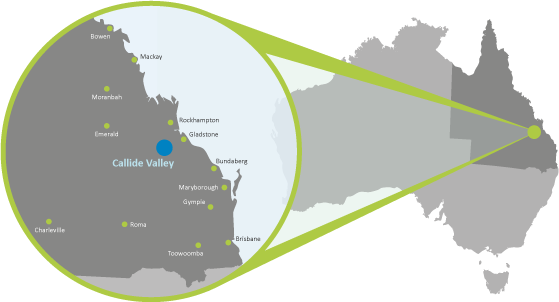Past review
15/05/2012
Most of the scheme’s 138 customers in the Callide Valley draw their water from groundwater bores, with only a few drawing water directly from the creek systems.
The main infrastructure for the scheme is the Callide Dam, which holds 136,700 ML.
The Kroombit Dam and Callide Creek Weir are also part of the scheme’s storage infrastructure, with a capacity of 14,600 ML and 506 ML respectively.
Uses of the scheme’s water:
- Irrigation – among the agricultural crops in the area that need water for irrigation are summer and winter cereals, cotton and lucerne. Dairy and beef are also important industries.
- Urban water – the scheme provides the town of Biloela with water.
- Industries – the Callide power station and a meatworks, among other large industrial users, rely on the Callide Valley water scheme.
The urban and industrial water does not form part of the irrigation supply system.

The QCA’s recommended irrigation prices to apply to the Callide Valley water supply scheme for the 2012–17 regulatory period are outlined in the Executive summary of our Final Report which can be found below.
These recommendations were accepted by the Queensland Government, and the new price path came into effect on 1 July 2012.
This SunWater water scheme review forms part of the review that the QCA undertook in 2011–12 for the Queensland Government: the SunWater Irrigation Price Review 2012–17.
You can read more about the pricing review on our project home page. You can also view the submissions for the water schemes that we received, the consultants’ reports and issues arising from face-to-face consultation with stakeholders.
We recommended a new irrigation price path, to apply from July 2012 to June 2017 – with prices moving in a direction that better reflect costs. For the majority of schemes, our recommended prices result in increases to fixed prices and reductions in usage prices.
The irrigation revenue earned by SunWater in some schemes does not cover the cost of operating and maintaining irrigation assets. In these schemes, QCA could show the ‘cost-reflective’ price, but could only recommend prices that increased by up to $2/ML per year plus inflation.
The QCA’s recommended prices were accepted by the government.